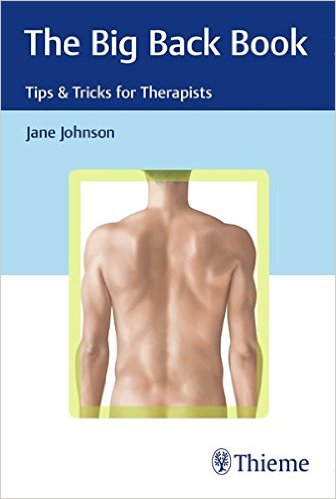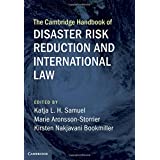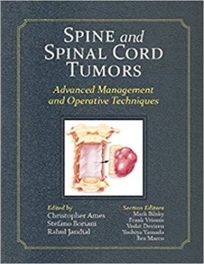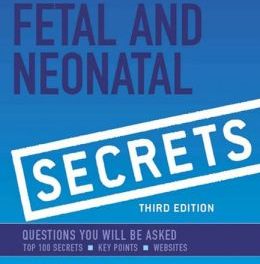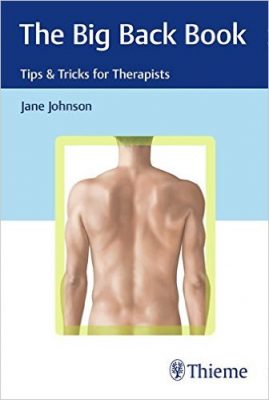 Author: Jane Johnson, MSc.
Author: Jane Johnson, MSc.
Publisher: Thieme – 455 pages, plus Index
Book Review by: Sonu Chandiram
The Big Back Book is actually a small (7.5” x 5”) handbook that is jam-packed with lots and lots of information and illustrations.
It is based on information that was put together by the author to use in a series of workshops that she held, answers to questions that were asked by the attendees, and her own knowledge, experience, and insight developed as a physical therapist and massage therapist. This guide provides tricks and tips that have been tested and found to be safe and effective.
The contents of this book are organized simply into three sections with three chapters each:
Introduction
- Section I – Cervical Spine
- Neck Assessment
- Neck Treatment
- Neck Aftercare
- Section II – Thoracic Spine
- Thoracic Assessment
- Thoracic Treatment
- Thoracic Aftercare
- Section III – Lumbar Spine
- Lumbar Assessment
- Lumbar Treatment
- Lumbar Aftercare
References
This book is a must-have for massage therapists, physical therapists, and osteopaths who have clients with neck and back pain and / or stiffness. It is also useful for students planning to enter this field who want to increase their knowledge, particularly to improve their assessment, treatment and after-care knowledge and techniques.
Let us take a look at the topics covered in chapter 1 of Section I, Neck Assessment, to give you an idea of what you will find in a typical chapter. Here are the topics discussed and illustrated:
- Tip 1: Assessing Range of Movement
- Tip 2: How To Tell What Is a “Normal” Range of Movement
- Tip 3: Using a Goniometer to Measure Cervical ROM
- Tip 4: Using a Tape Measure to Measure Cervical ROM
- Tip 5: Documenting Your ROM Findings
- Tip 6: Checking Quality of Movement
- Tip 7: Documenting Discomfort
- Tip 8: A Differentiation Test
- Tip 9: Measuring Neck and Shoulder Distance
- Tip 10: Locating C7 on Yourself
- Tip 11: Locating C7 on a Client
- Tip 12: Getting Good at Locating C7
- Tip 13: Identifying Scalenes on Yourself
- Tip 14: How to Observe Scalenes on a Client
- Tip 15: How to Palpate Scalenes on a Client
- Tip 16: The Tongue Test
- Tip 17: Appreciating the Neck-Upper Limb Relationship
- Tip 18: What Are “Knots” in the Neck Region?
- Tip 19: The Importance of Sub-occipitals
- Tip 20: Palpating Sub-occipitals
- Tip 21: Client Perceptions of Pain
- Tip 22: Neck Disability Index
- Tip 23: Postural Assessment Reminder
- Tip 24: Functional Strength Testing
Among the key features of this pocket-sized book are:
- Organized material by sections on the cervical spine, lumbar spine, and thoracic spine – with each section following a consistent format – to aid in quick reference of needed information
- Commonly-asked questions, answered by the author, throughout the book
- Other helpful hints for encouraging client self-care
- Useful tables, forms, checklists, and questionnaires to optimize treatment outcomes
- Clear methods and concepts with more than 900 simple line drawings
This is a practical, compact, and handy guide to assessing and treating clients who have any number of complaints pertaining to their neck, back and spine and providing aftercare instructions.
Author:
Jane Johnson, MSc, is a chartered physiotherapist registered with Health and Care Professions Cou8ncil and member of the Chartered Society of Physiotherapy in the United Kingdom.

